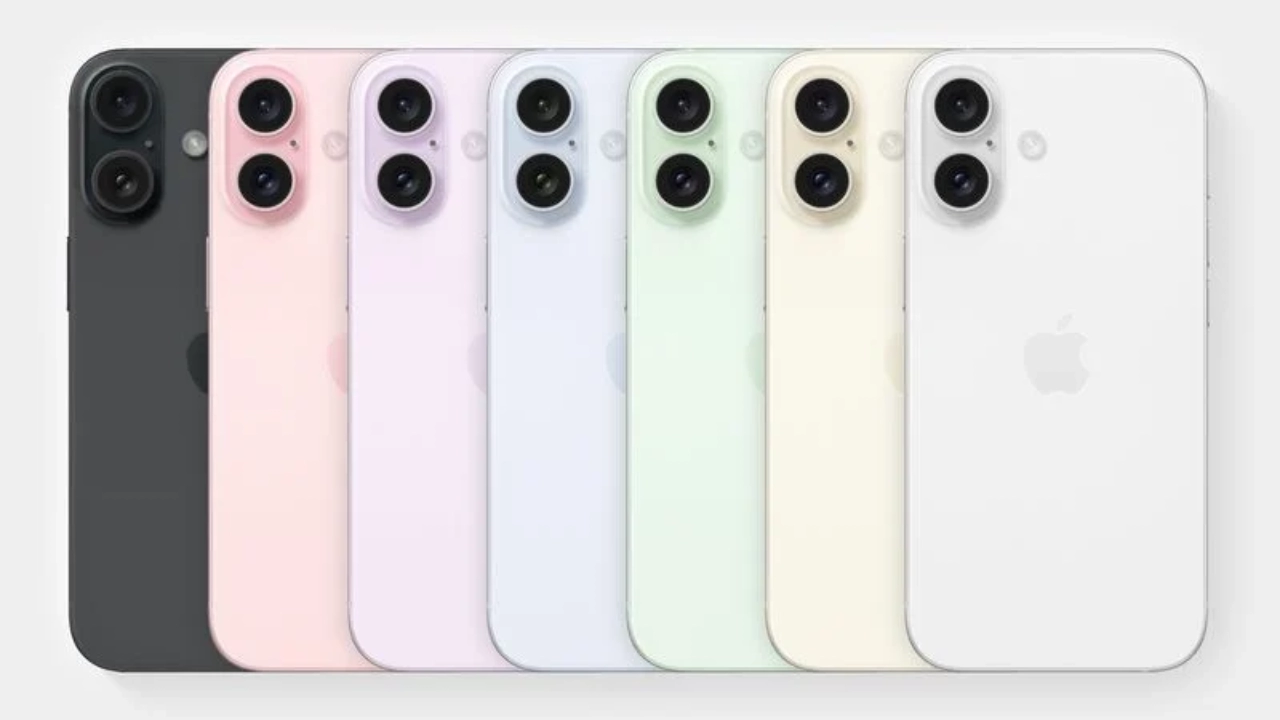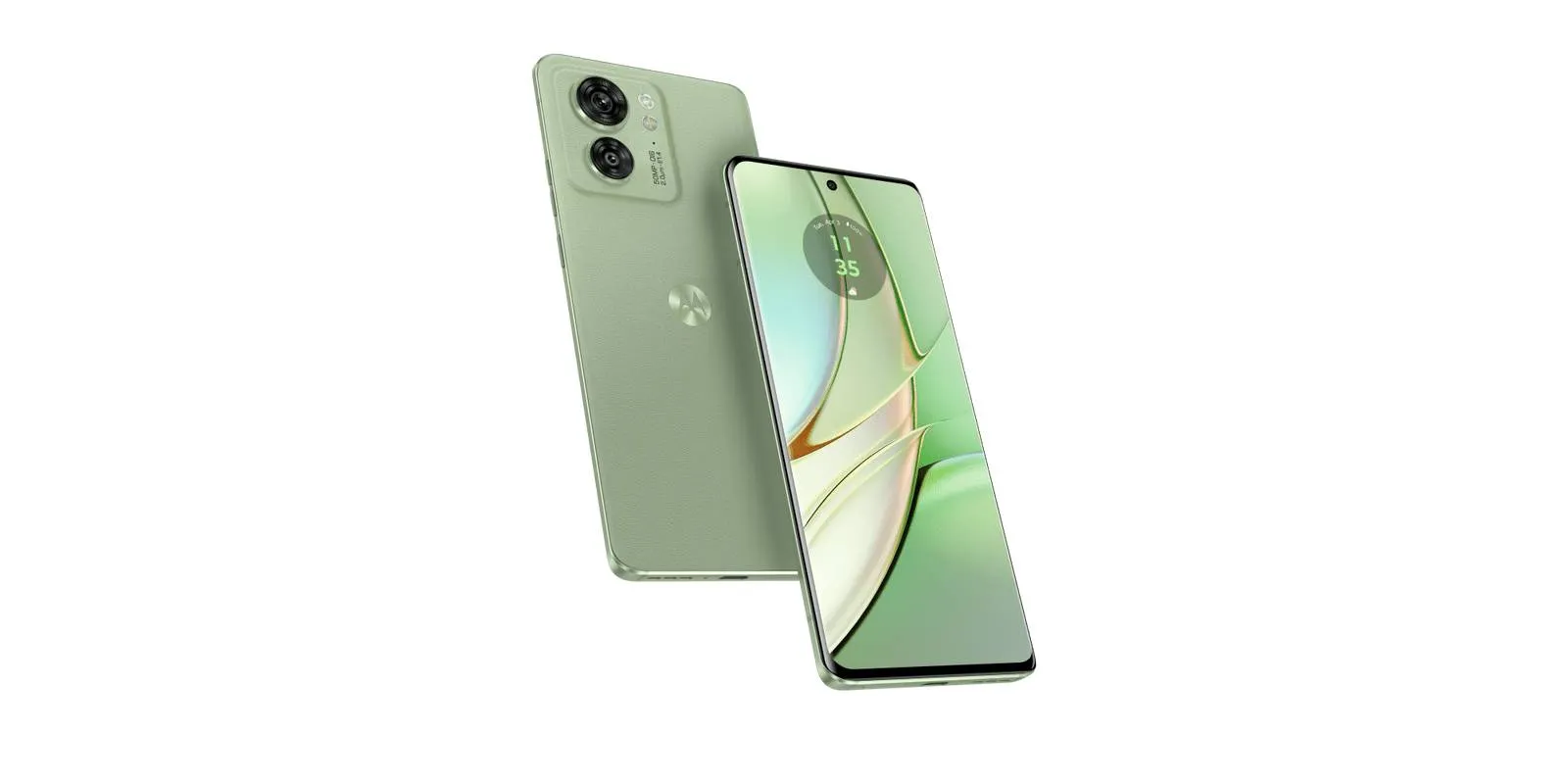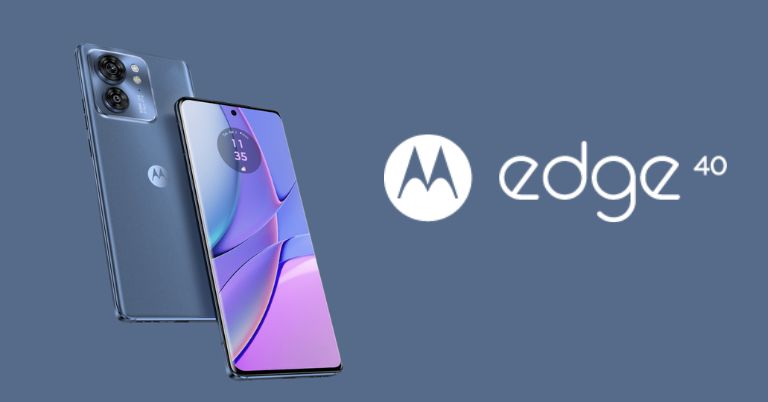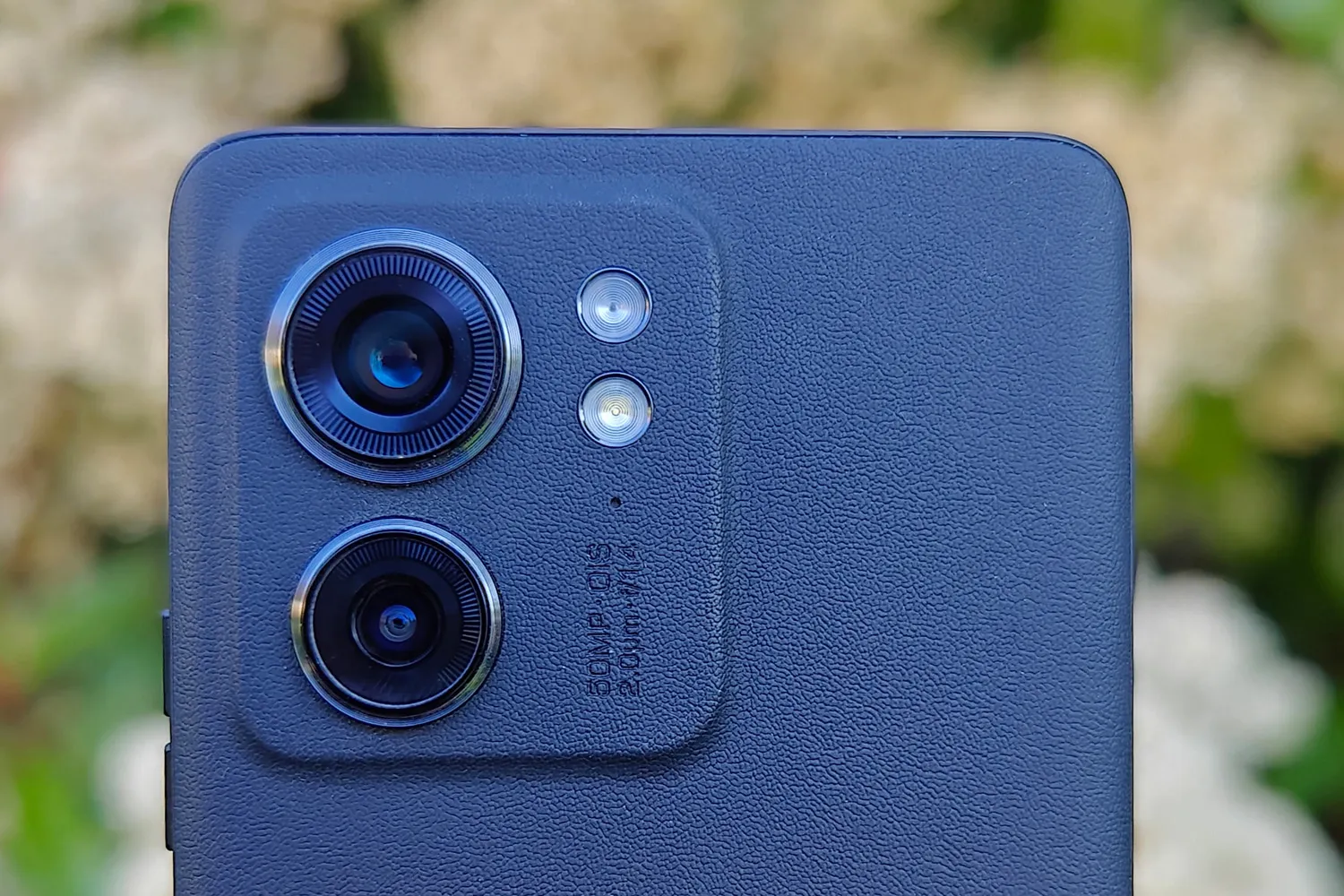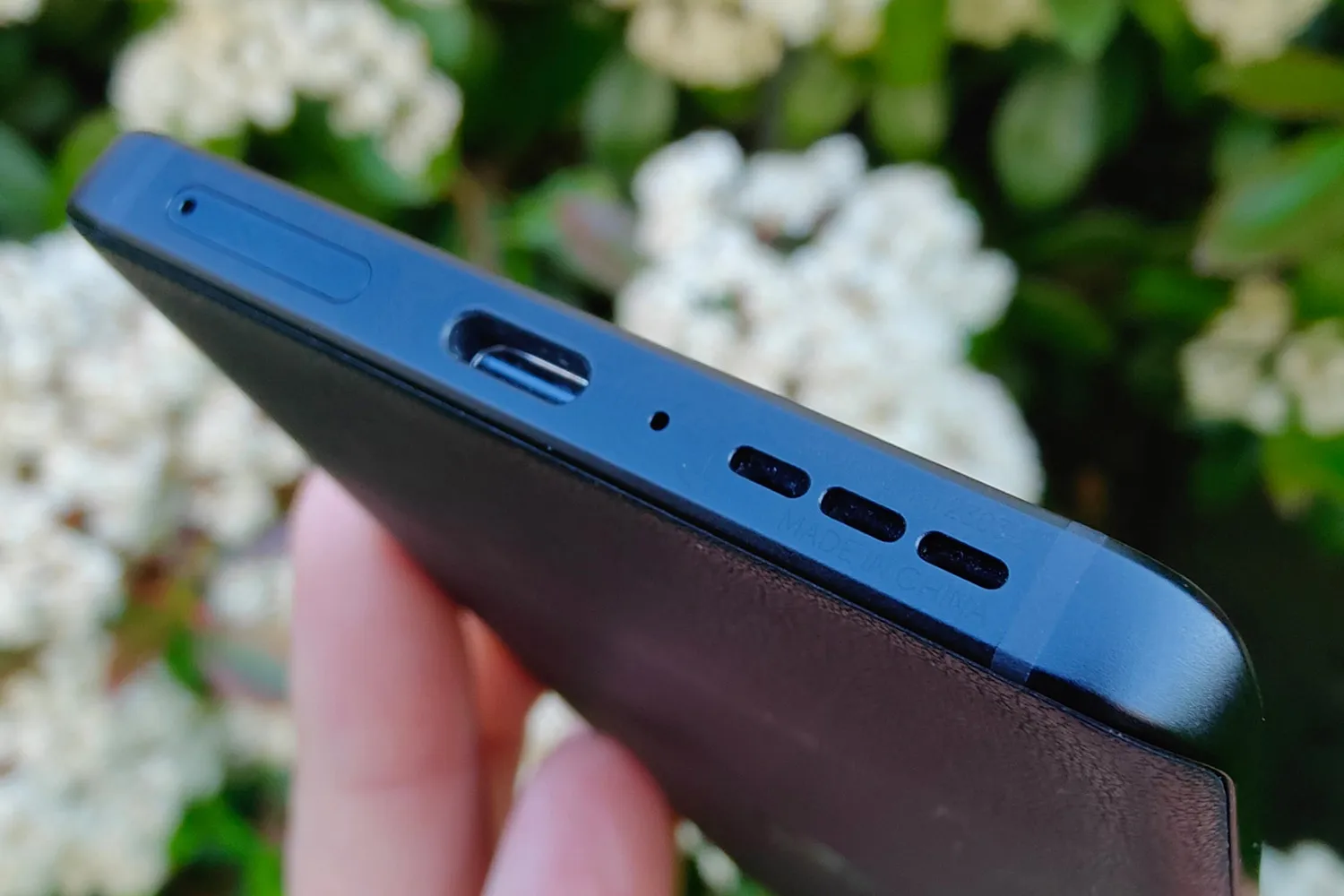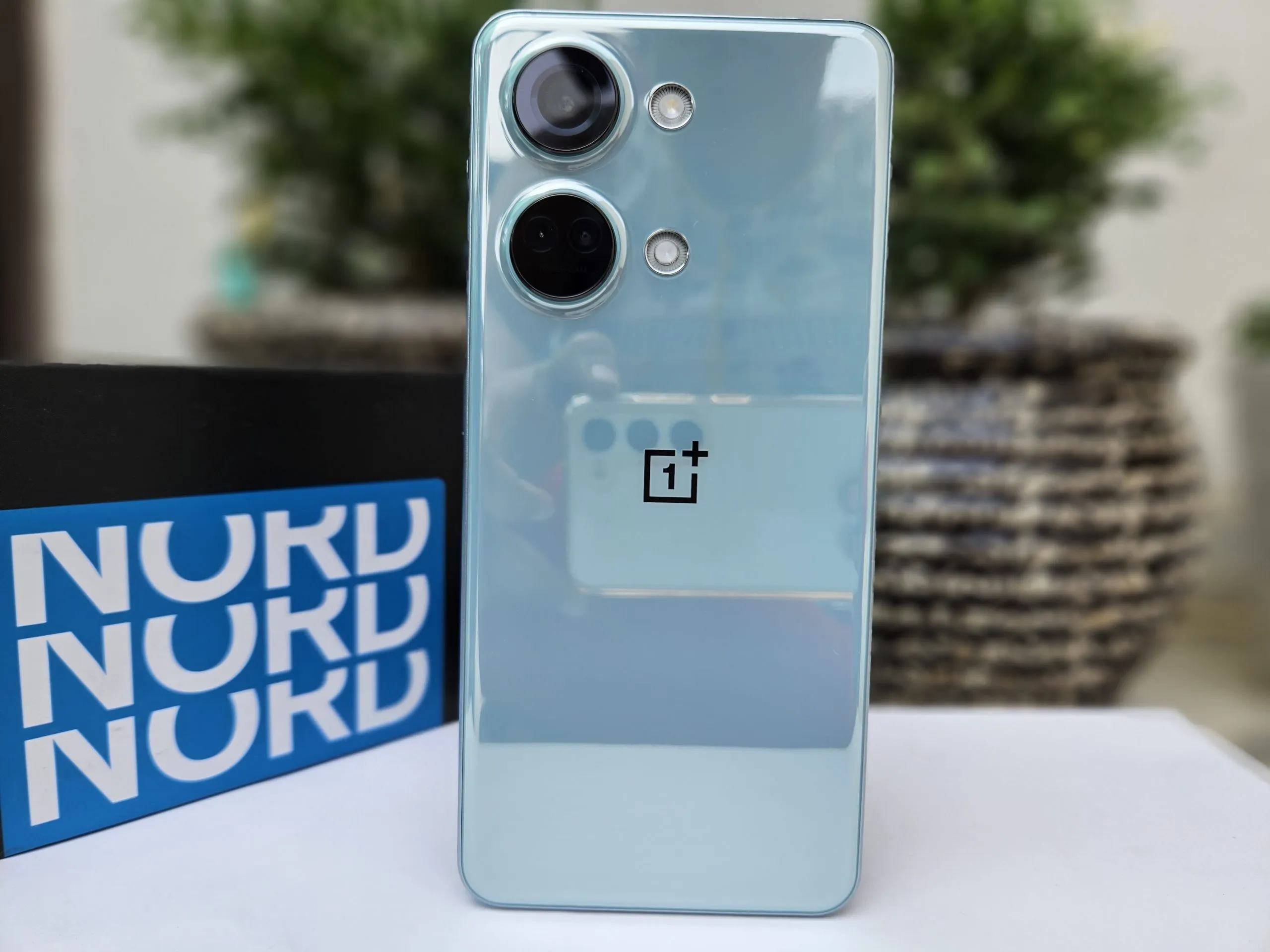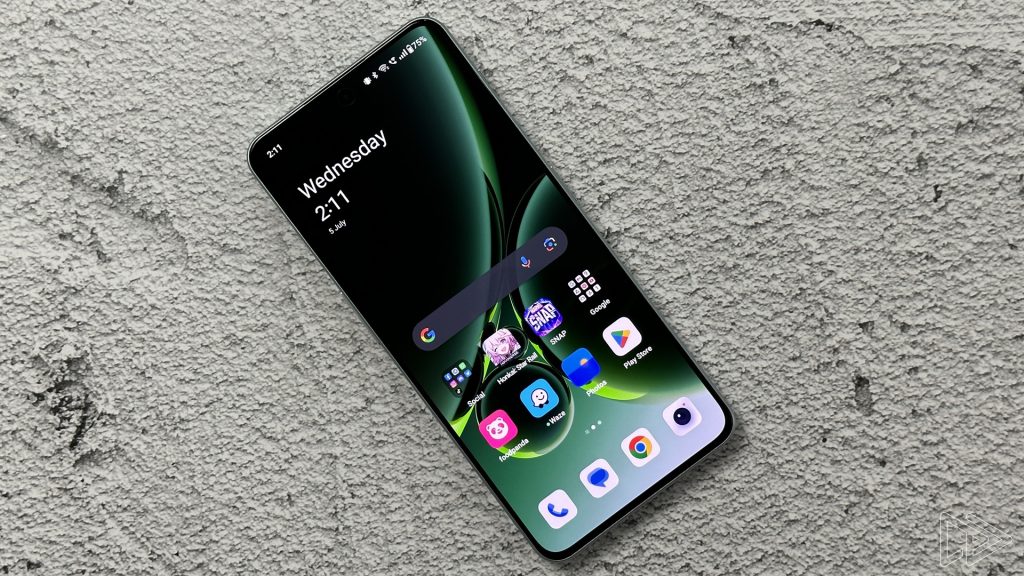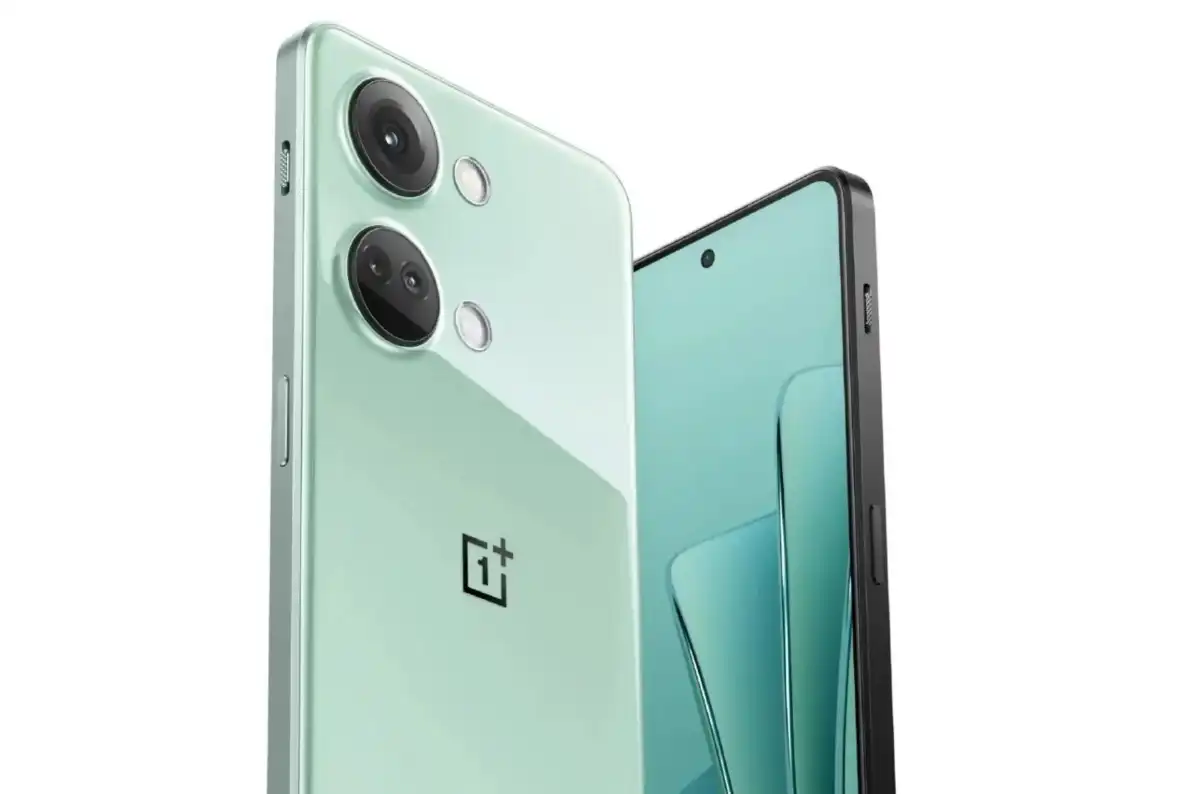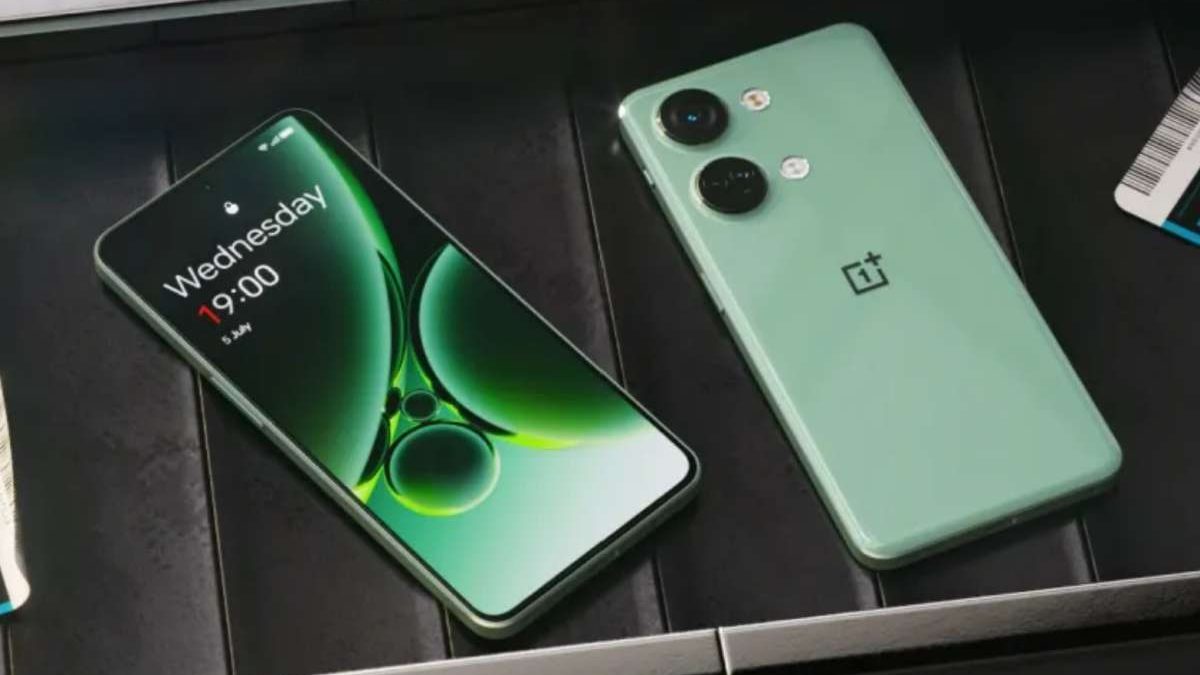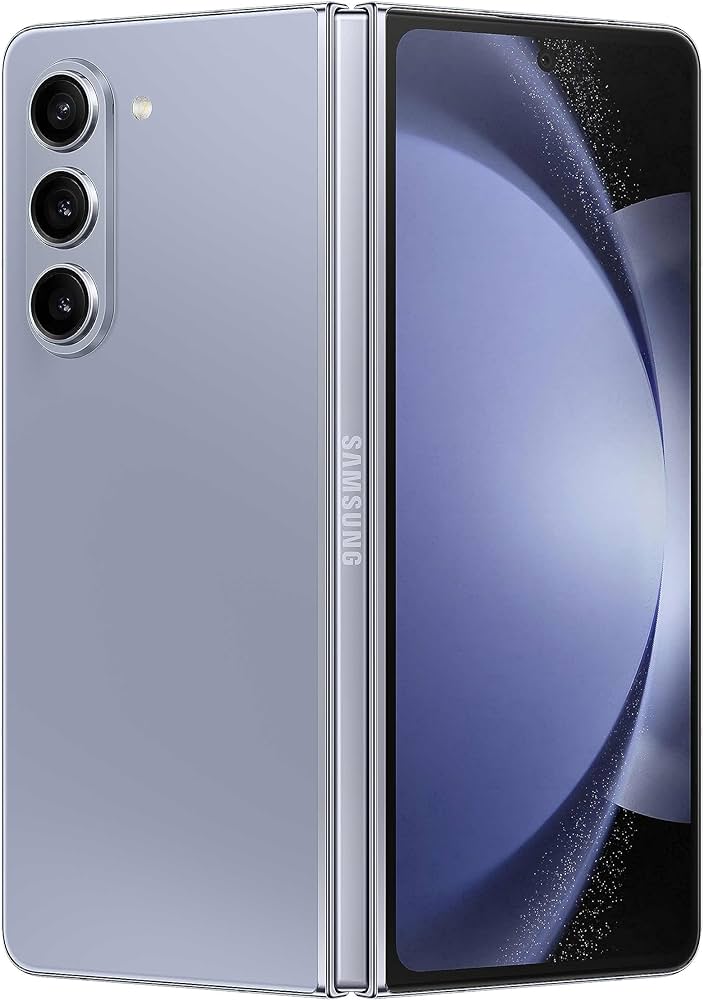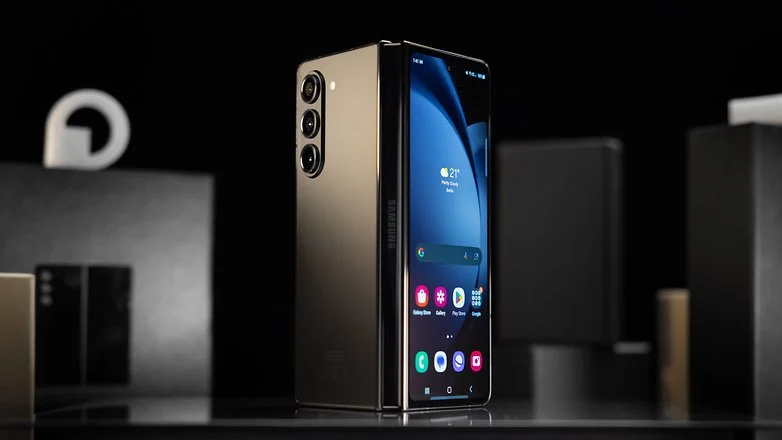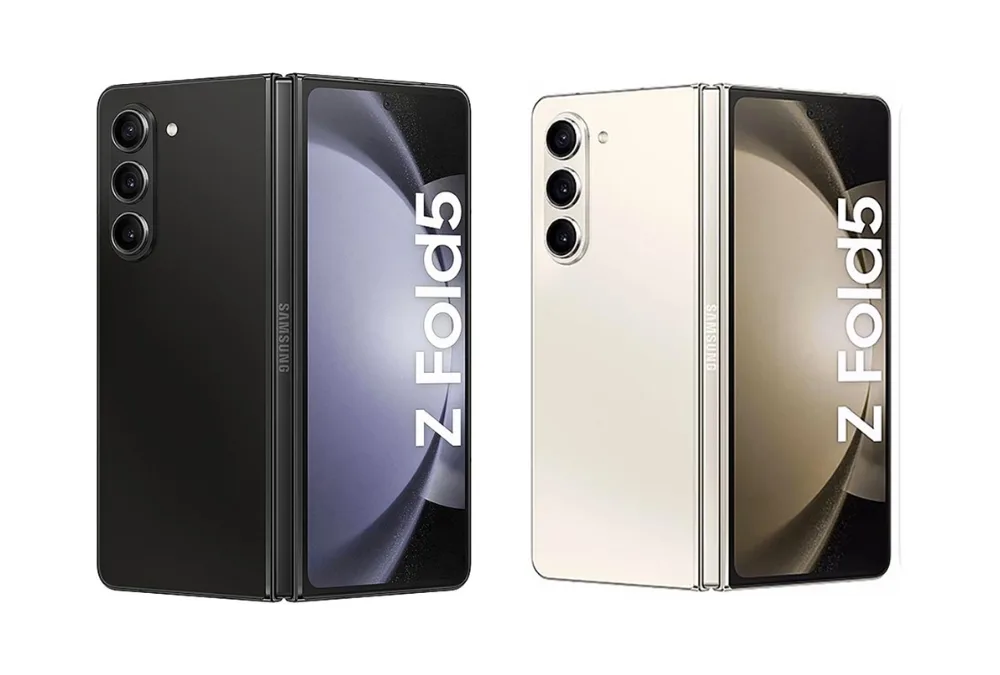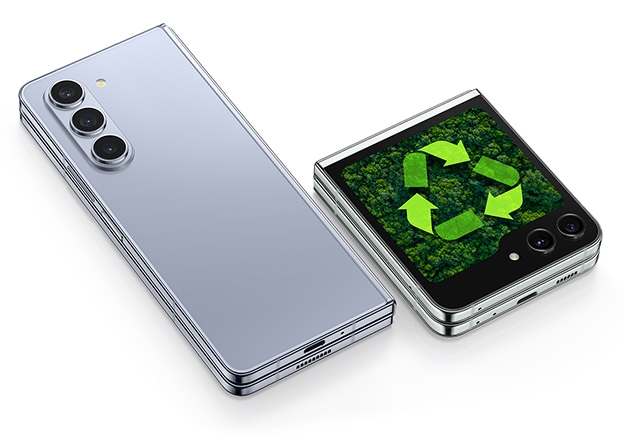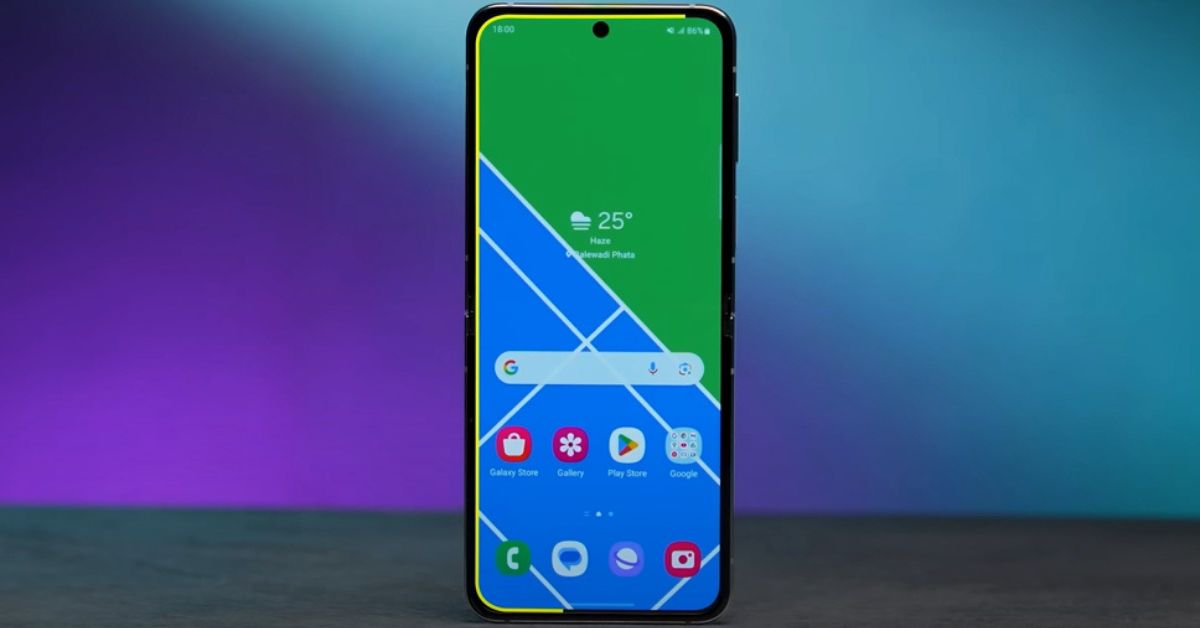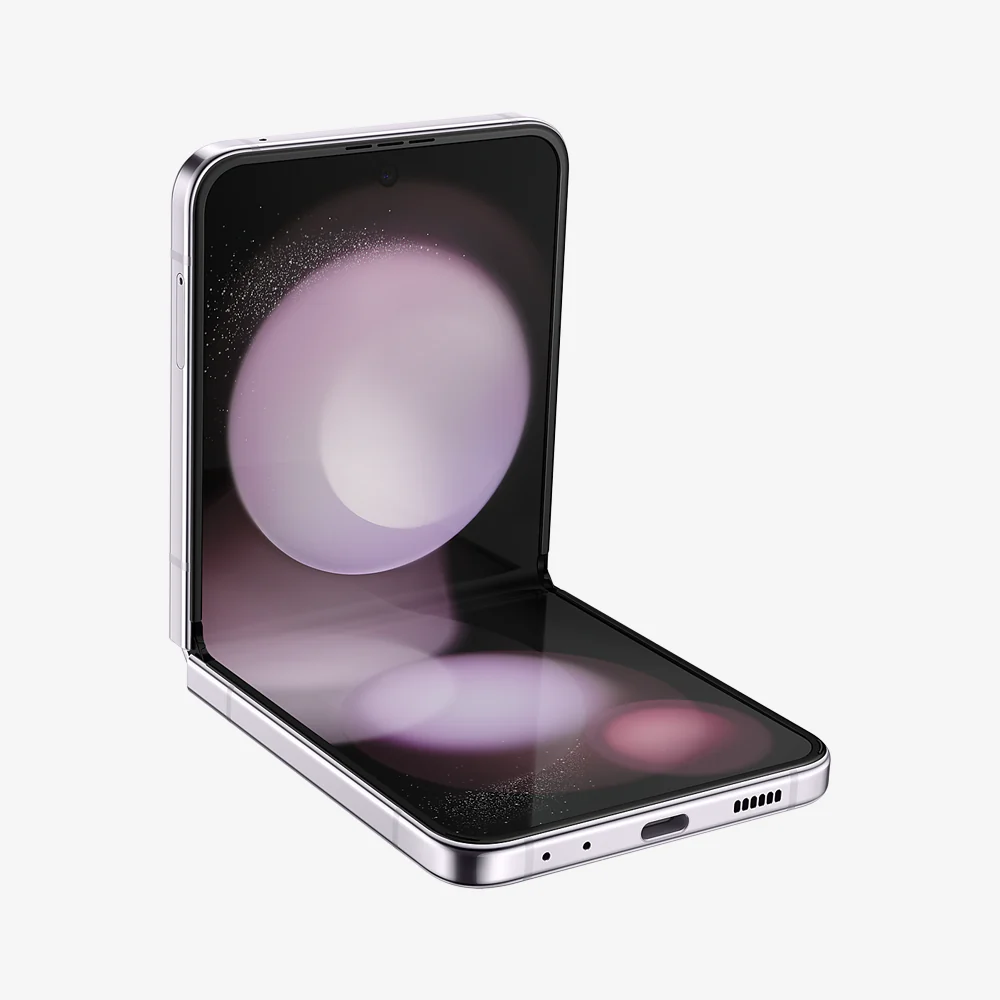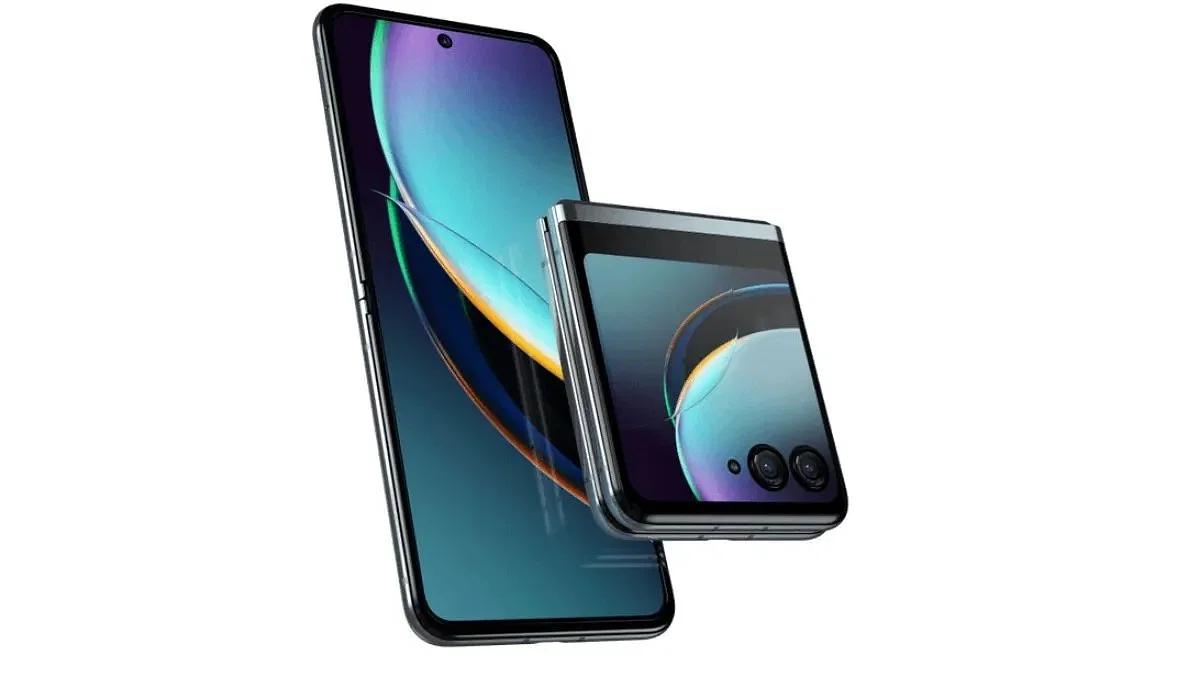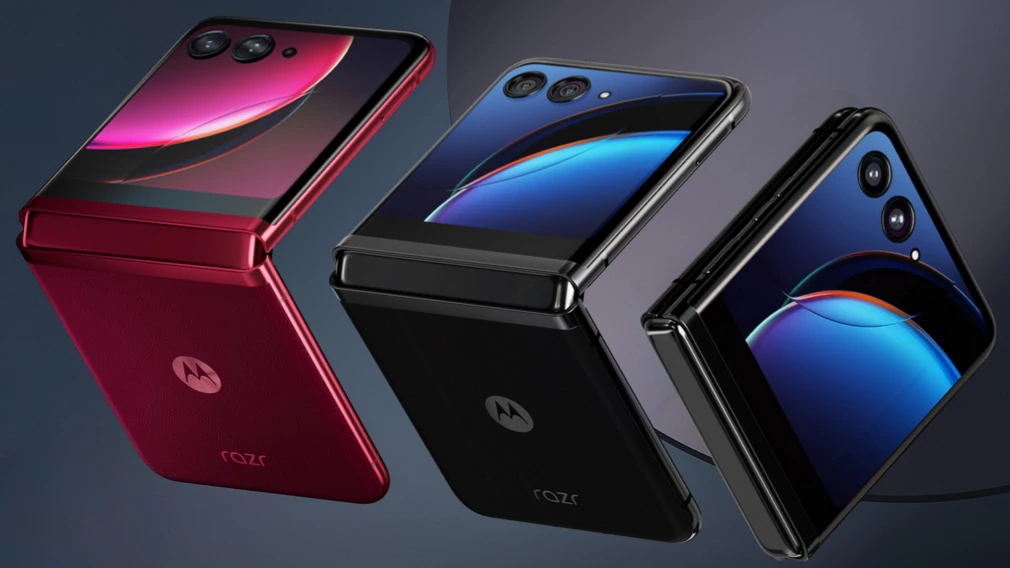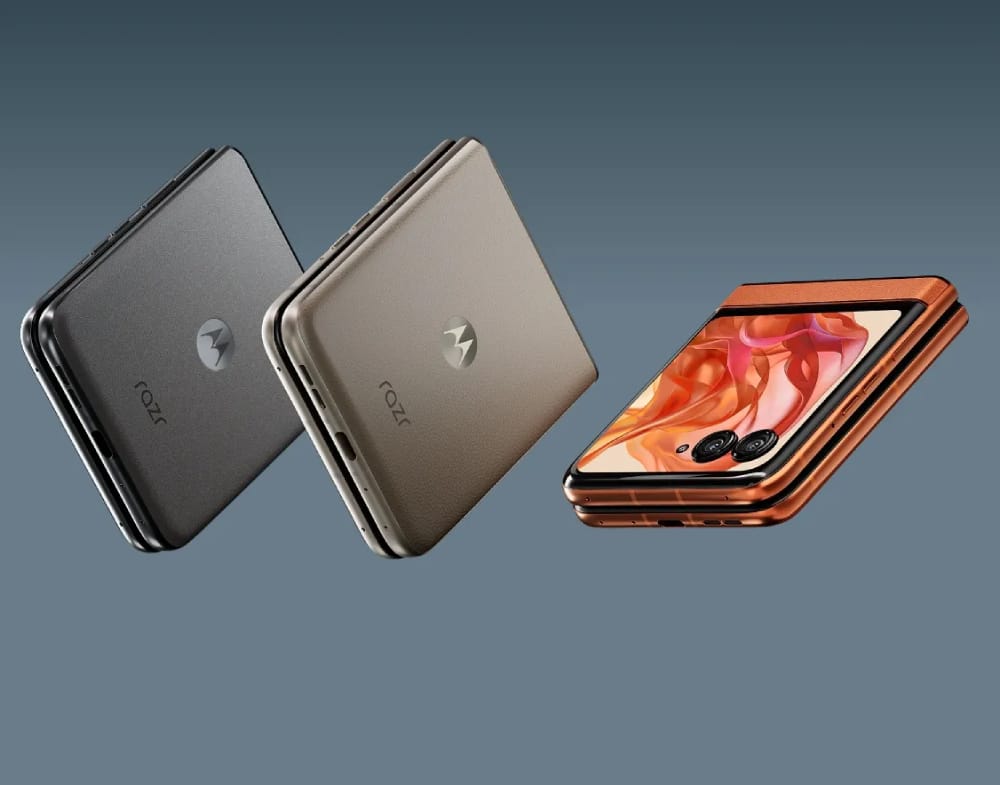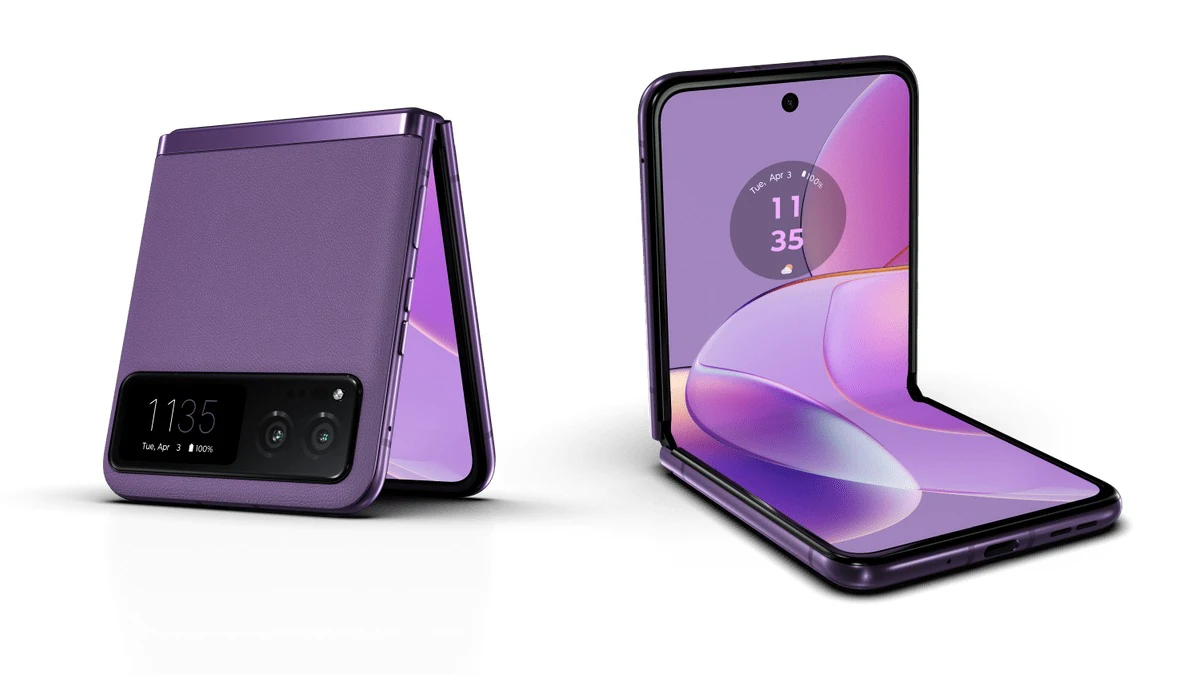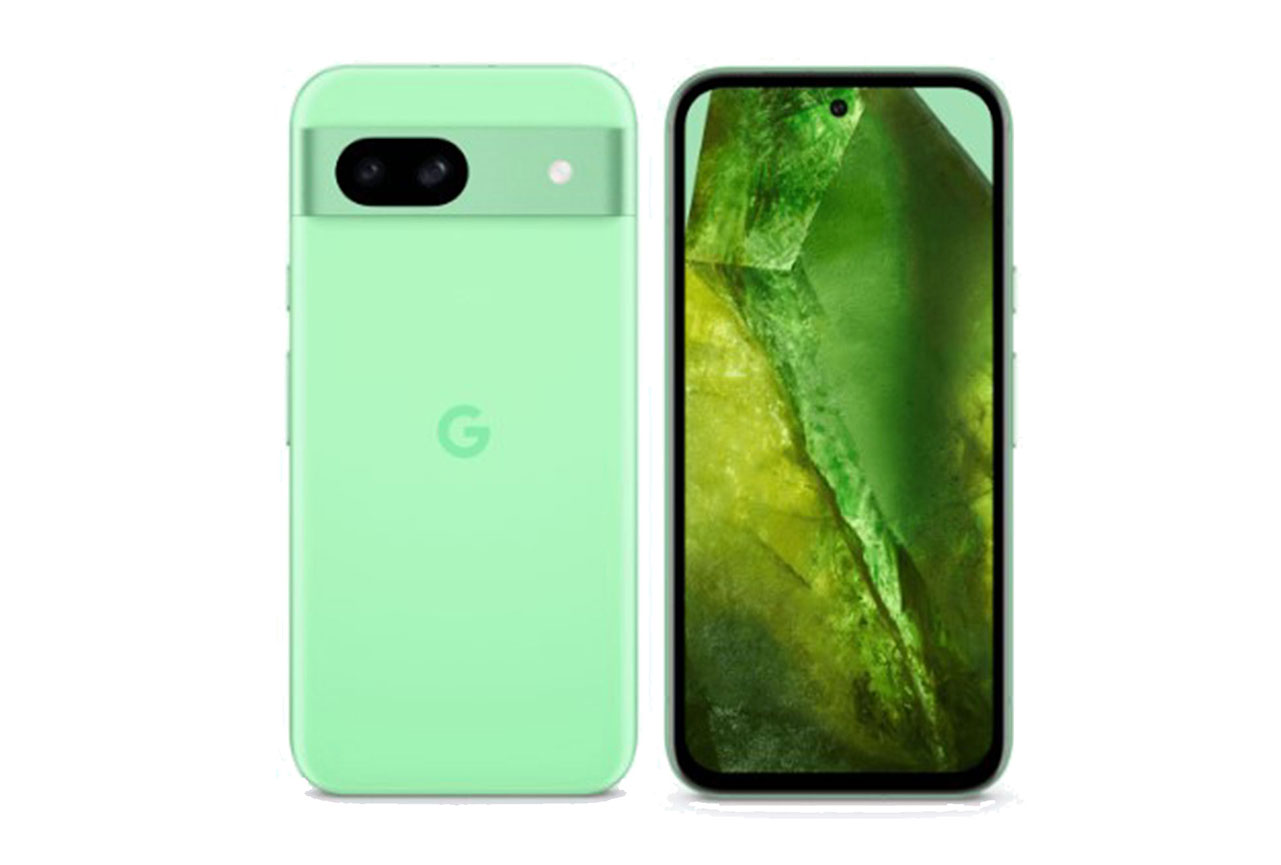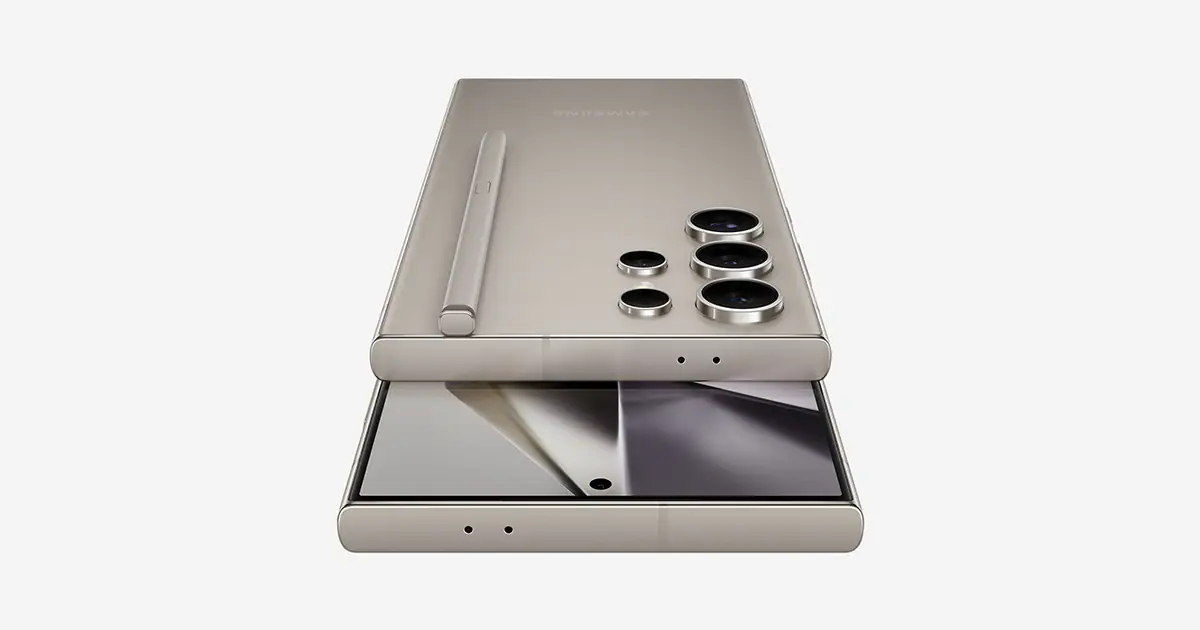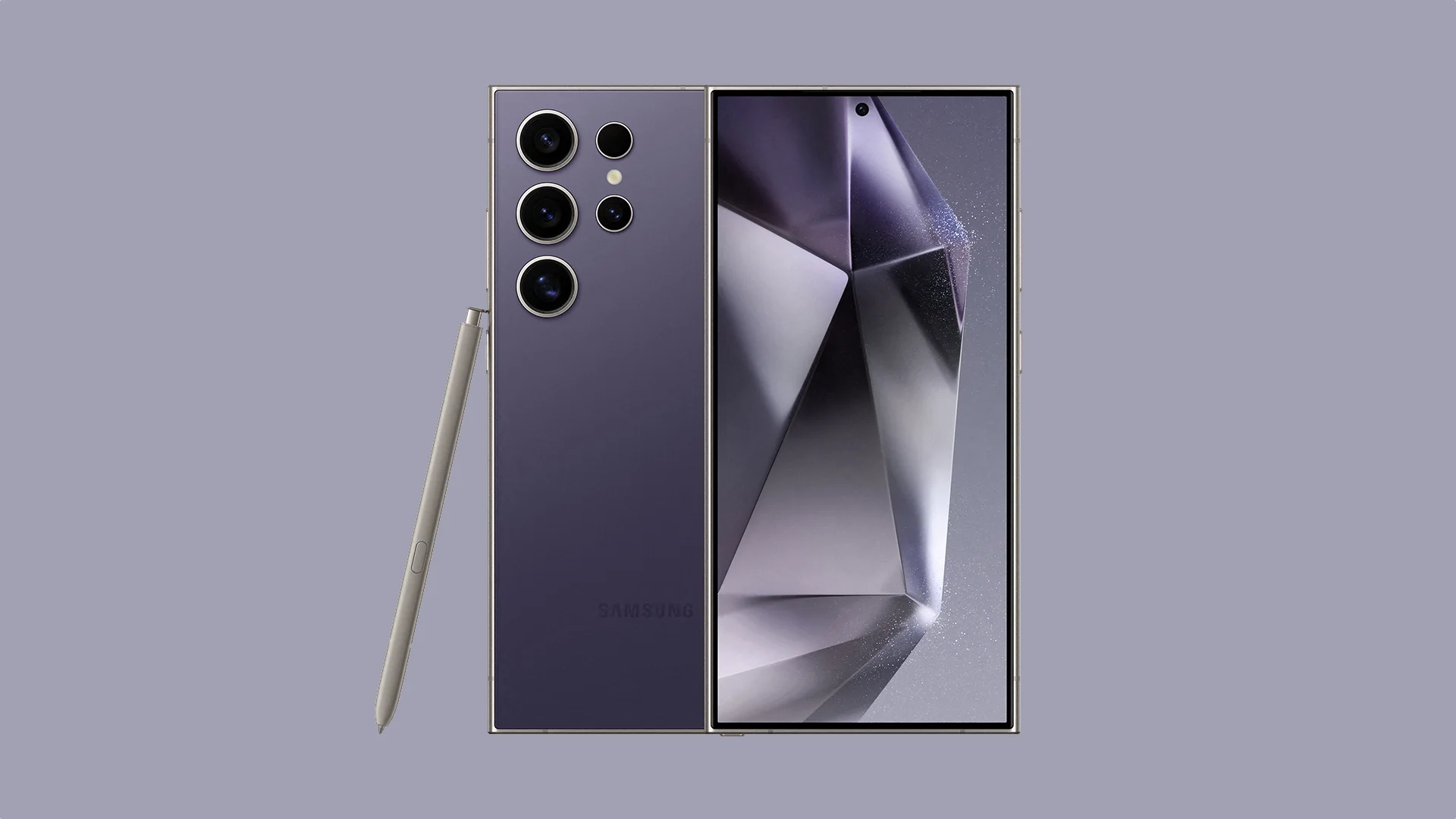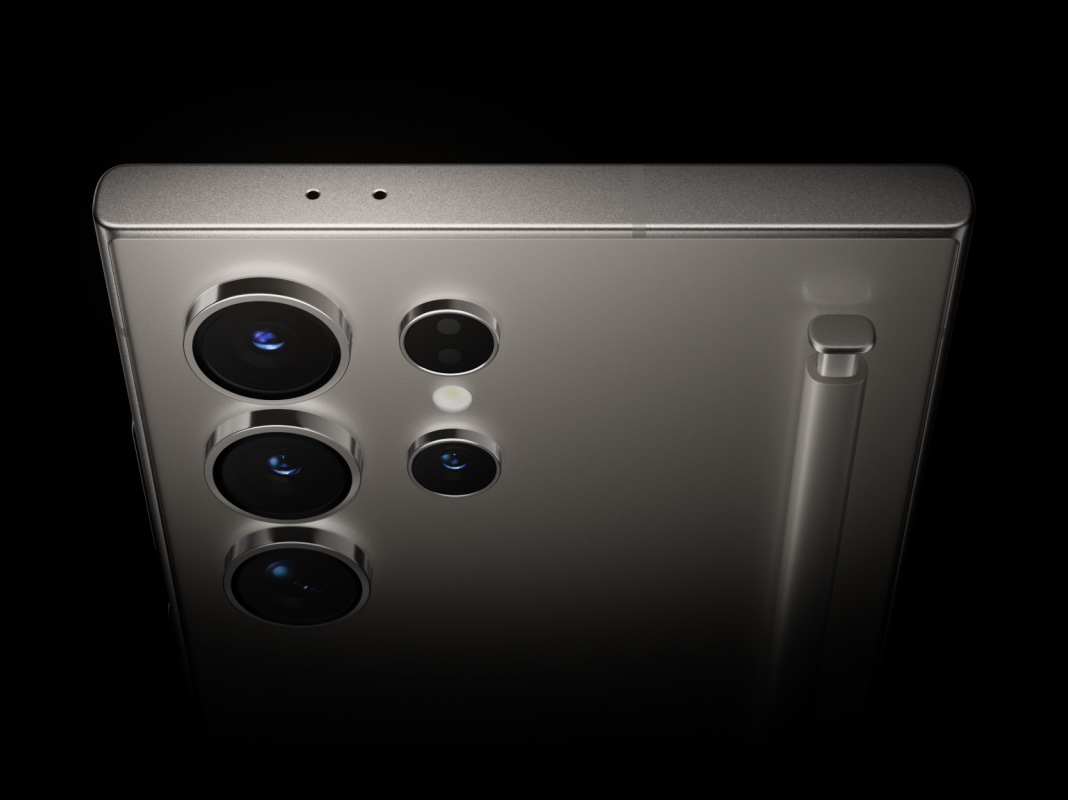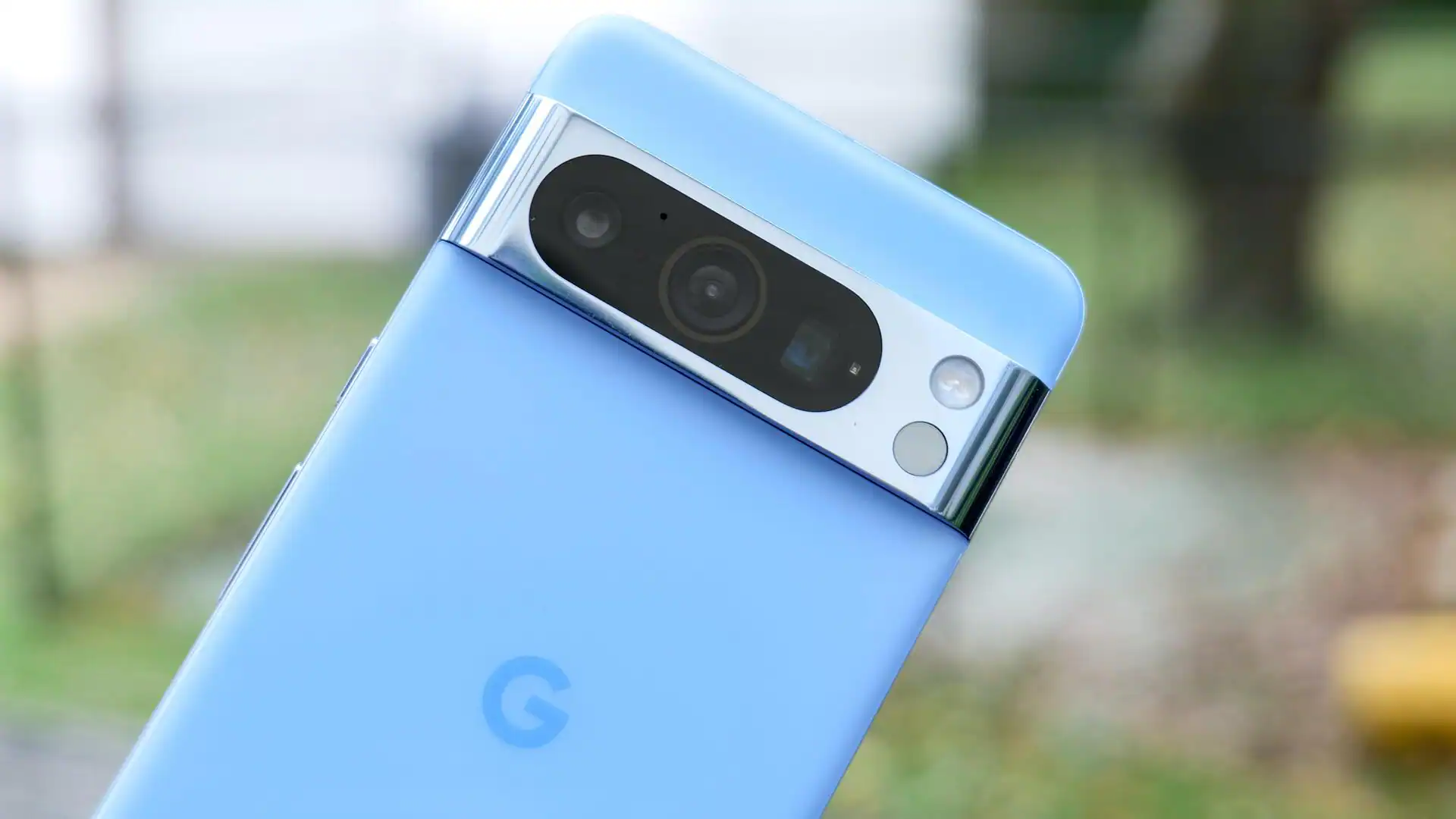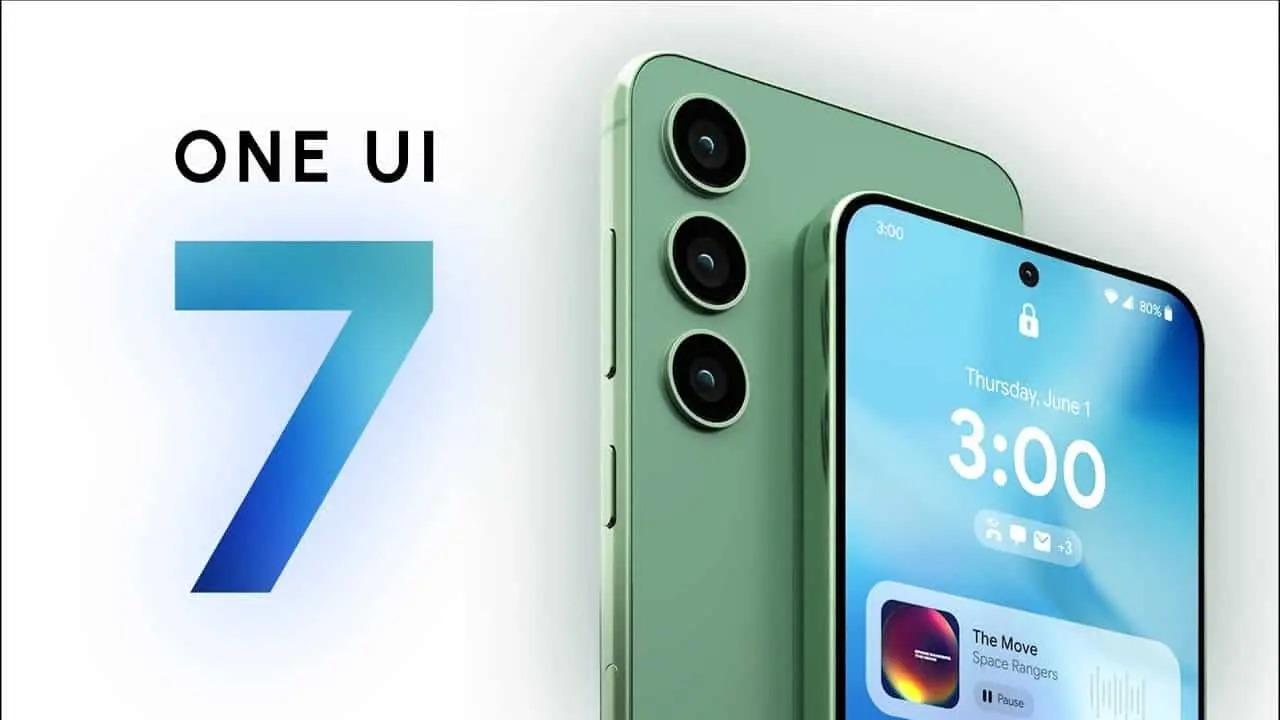Early Verdict
Pros:
- Vibrant new color options
- Powerful A18 chip
- Enhanced macro photography with updated ultrawide camera
- Same Apple Intelligence features as Pro models
- Spatial photo and video support
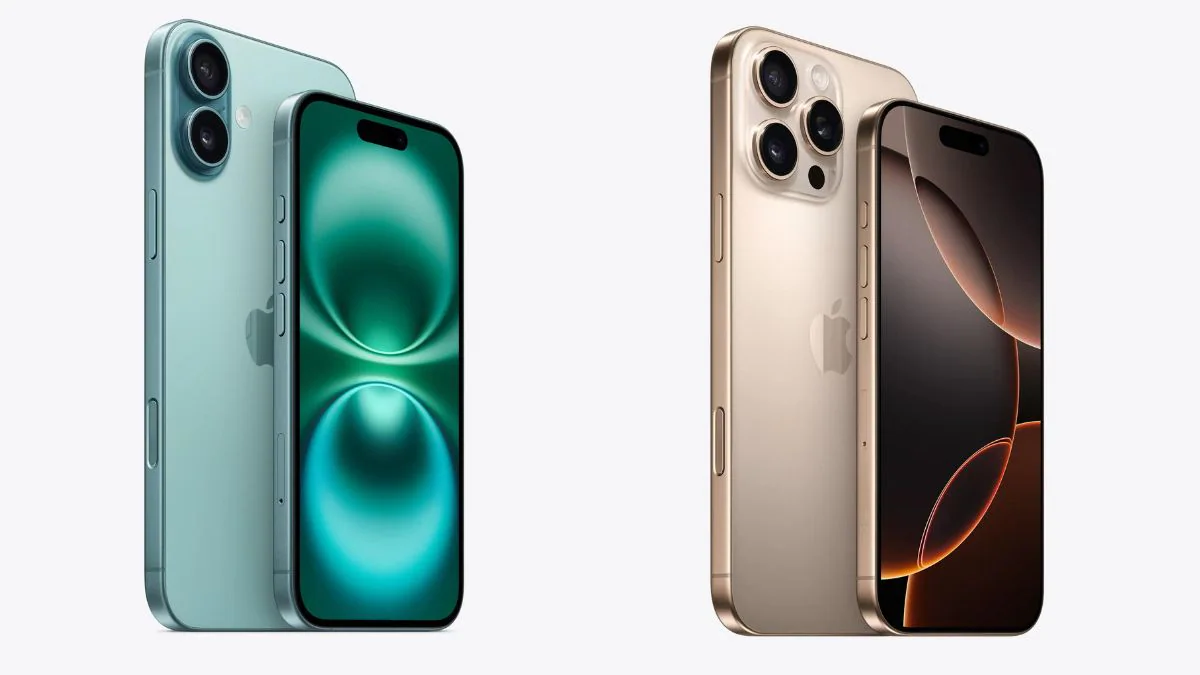
Cons:
- 60Hz display refresh rate
Apple continues its effort to make the standard iPhone models compelling options, and this year’s iPhone 16 and iPhone 16 Plus take that a step further. With striking new colors, a new ultrawide camera with macro capabilities, and the powerful A18 chip, the gap between the standard and Pro models has certainly narrowed. While not entirely eliminated, these upgrades make the iPhone 16 lineup an attractive option, especially for those looking to save money without sacrificing too much in terms of features.
In this hands-on review of the iPhone 16 and 16 Plus, I’ll explore whether these new enhancements are enough to sway users away from the pricier Pro models.
Specs: iPhone 16 vs. iPhone 16 Plus
| Feature | iPhone 16 | iPhone 16 Plus |
|---|---|---|
| Starting price | $799 / £799 / AU$1,399 | $899 / £899 / AU$1,599 |
| Screen size | 6.1 inches | 6.7 inches |
| Refresh rate | 60Hz | 60Hz |
| Processor | A18 | A18 |
| Storage options | 128GB, 256GB, 512GB | 128GB, 256GB, 512GB |
| Rear cameras | 48MP main, 12MP ultrawide | 48MP main, 12MP ultrawide |
| Front camera | 12MP | 12MP |
| Battery life | 22 hours video playback | 27 hours video playback |
| Weight | 170g | 199g |
| Colors | Black, White, Pink, Teal, Ultramarine |
Price and Release Date
Fortunately, there’s no price hike for the iPhone 16 and 16 Plus, with prices starting at $799 USD for the iPhone 16 and $899 USD for the iPhone 16 Plus. Pre-orders start on September 13, with full availability from September 20. Both models come in storage options of 128GB, 256GB, and 512GB, and are available in five striking colors: black, white, pink, teal, and ultramarine.
Design
Apple has given the iPhone 16 lineup a refreshed look, with bolder and more vibrant colors that shimmer beautifully under light. The aerospace-grade aluminum body makes both models feel incredibly lightweight and durable. The cameras now have a vertical alignment, and the introduction of a capacitive Camera Control button adds functionality. The addition of the Action button from the Pro models is another welcome change, offering more control over the phone’s features.
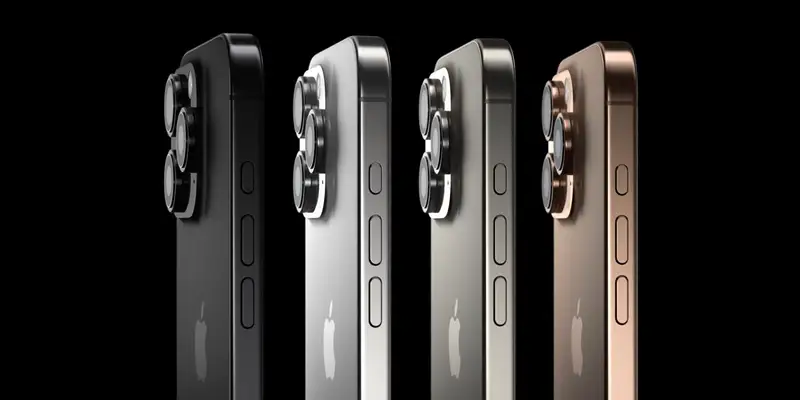
Display
While the iPhone 16 and 16 Plus maintain their previous screen sizes of 6.1 inches and 6.7 inches, respectively, there’s still no upgrade to the 60Hz refresh rate. Although the display offers vibrant colors and sharp details, the lack of a higher refresh rate feels outdated compared to other smartphones. That said, the OLED Super Retina XDR display still impresses with excellent viewing angles and color accuracy.
Cameras
The camera upgrades are one of the most exciting features of the iPhone 16. The new 12MP ultrawide camera now supports macro photography, a feature previously reserved for the Pro models. The 48MP main camera continues to deliver impressive photos, and Apple’s software improvements allow for optical-quality 2x zoom without a dedicated zoom lens.
The new Camera Control button offers a more tactile shooting experience, allowing you to press lightly for zoom control or press down fully to snap a photo. This change makes it feel more like using a traditional camera, although advanced manual controls like ISO and shutter speed are still missing.
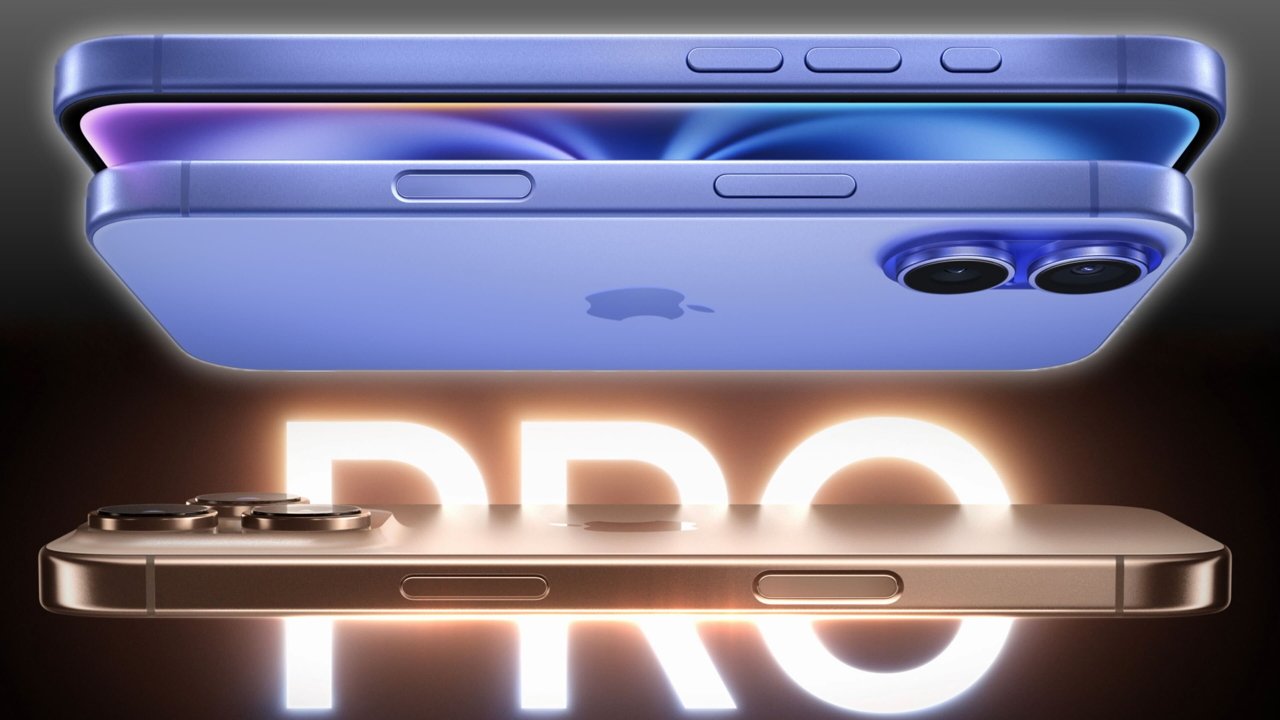
Performance
Powered by the A18 chip, the iPhone 16 series promises a significant performance boost with 30% faster CPU speeds compared to the A16 Bionic. The hardware-accelerated ray tracing, previously a Pro-exclusive feature, enhances gaming performance as well. While everyday tasks run smoothly, the real difference will be noticed in gaming and other intensive applications.
Battery and Charging
The iPhone 16 boasts larger batteries, though exact capacities remain undisclosed. Heat dissipation improvements and the energy efficiency of the A18 chip suggest longer battery life, particularly for the iPhone 16 Plus. Charging also sees a slight improvement with 25W MagSafe and Qi2 support, but USB-C wired charging speeds remain unchanged.
Software
iPhone 16 and 16 Plus benefit from all of Apple’s Intelligence features, such as the upgraded Siri, Writing Tools, and integration with ChatGPT through OpenAI. Surprisingly, none of these features are exclusive to the Pro models, leveling the playing field in terms of software. The upcoming iOS 18 will also introduce Emergency SOS Live Video, further enhancing safety features.
Outlook
Apple has closed the gap between the standard and Pro models more than ever with the iPhone 16 and 16 Plus. With shared features like the A18 chip, Apple Intelligence tools, and the Camera Control button, they offer tremendous value at a lower price. While the Pro models still have advantages like higher refresh rates, larger screens, and more advanced cameras, the iPhone 16 lineup may be “Pro enough” for most users.
Conclusion
The iPhone 16 and 16 Plus bring significant upgrades to Apple’s standard iPhone lineup, making them more compelling than ever. With vibrant new color options, a powerful A18 chip, and macro photography capabilities, these models bridge the gap between the standard and Pro versions more closely than before. While there are still some compromises—like the outdated 60Hz display—most users will find the performance, camera quality, and shared Apple Intelligence features more than sufficient for everyday use.
At a starting price of $799 USD for the iPhone 16 and $899 USD for the 16 Plus, Apple delivers excellent value. If you’re looking to save money without missing out on key features, the iPhone 16 series might just be “Pro enough” for your needs, offering an appealing alternative to the pricier Pro models.
